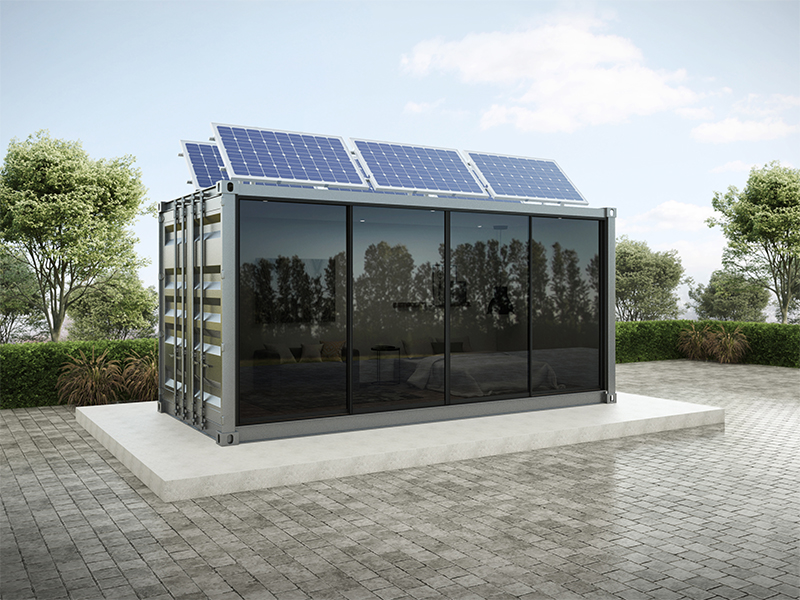
Three Ways Australia is Offering Leadership to the Overloaded Grid Dilemma
Three Ways Australia is Offering Leadership to the Overloaded Grid Dilemma
By Tim Hall, Australia Country Manager, tim@greenrecruitmentcompany.com
Australia is gaining a great reputation in the world of renewable energy. The combination of a passionate public, mainstream politicians who campaign on issues of sustainability, and business interests that embrace the potential of renewable power generation, have all made Australia the poster child for renewable energy.
Since the start of 2018 Australia has installed 100MW a month of solar power and their onshore wind market is performing strongly. But underneath all of this, Australia has a problem. Soon it’s grid won’t be able to handle the excess level of distributed electricity.
Australians however have amazing resilience. This article looks at how Australians are tackling this major dilemma by providing global thought leadership on energy storage projects.
Australia is looking beyond Lithium-Ion Technologies
The success of the world’s biggest storage project by Tesla in SA put Australian energy storage on the map and Australia is now becoming a serious testing ground for new energy storage technologies.
One example is the Angas Zinc Mine in Strathalbyn, which is utilising an Advanced Compressed Air Energy Storage (A-CAES) facility. Early indicators suggest that this technology will offer similar benefits to the more well-known pumped hydro energy storage systems. This is an exciting time to be following the technology, and many people believe that compressed air is on the edge of a serious breakthrough.
Elsewhere, Sydney based Gelion have produced a Zinc Bromine Gel battery, which could be a real threat to traditional Lithium based technology. By the end of 2021, Gelion anticipates mass producing its zinc bromine gel battery expertise for applications varying from residential to grid at a cost less than $100 kWh.
Strategic Leadership for Off Grid Storage
The isolated location of Western Australia has made energy storage a priority for the state. WA offers a textbook case study of how a coordinated approach can deliver effective storage solutions off grid. WA government officials have signed contracts of off-grid programs in regional properties worth $8.8 million. Perth-based, “Hybrid Systems” and their partner BayWA are working on the project. The contract is for 57 Standalone Power Systems (SPS) units which combine solar and battery technology with a backup generator, to be deployed across the state. Meanwhile last March, Western Power announced they are launching 60 SPS systems within the South West Interconnected Network (SWIS). These units are scalable, and their range is less than 5KWh which is used to supply to electric fences and dam pumps mainly benefiting agricultural businesses.
Land Reclamation and Regeneration is Turbo Charged Recycling
A lot of credit must go to State Governments for working with industry to use energy policy to produce lasting legacies. A great example is how renewable energy projects are being used as part of land reclamation and regeneration projects. The use of old mining sites such as the Granny Smith Gold Mine, WA, which is set to install 20,000 solar panels and a 2MW battery system, showcase how Australia’s mining industry will leave a lasting legacy for the country. Where other countries are in a rush to clear new sites for energy projects, Australia is offering real thought leadership on how to really make these projects sustainable.
